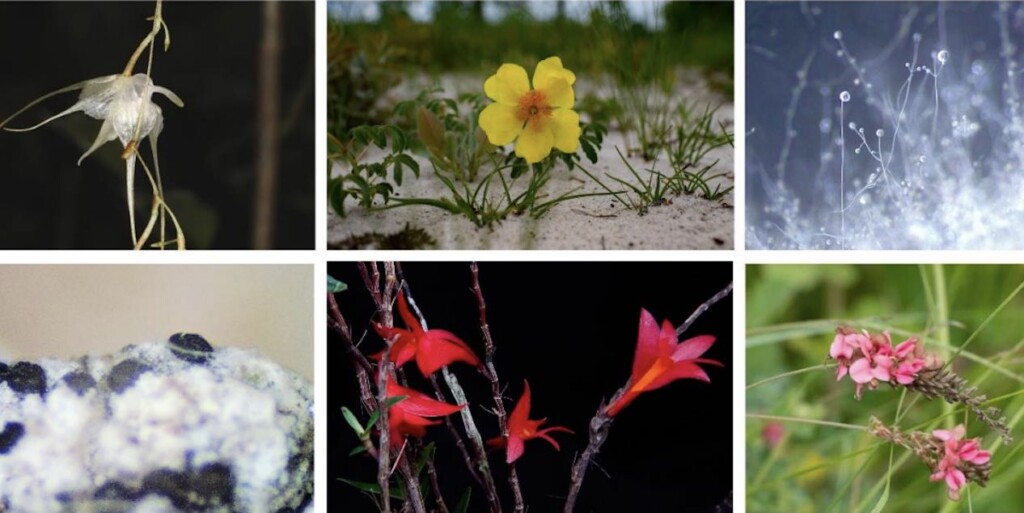
From microscopic fungi growing on lichens in Antarctica, to a towering tree in Cameroon’s cloud forest, weighing in at 7-8 tons, 2023 was a great year for expanding humanity’s understanding of our woody, flowering neighbors.
74 plants and 15 fungi were named and described for the first time by botanists and mycologists studying around the world on behalf of the prestigious Kew Gardens in London last year.
Recently profiled for your reading pleasure, Kew Gardens selected some which it thought were deserving of special mention as we enter 2024 in earnest.
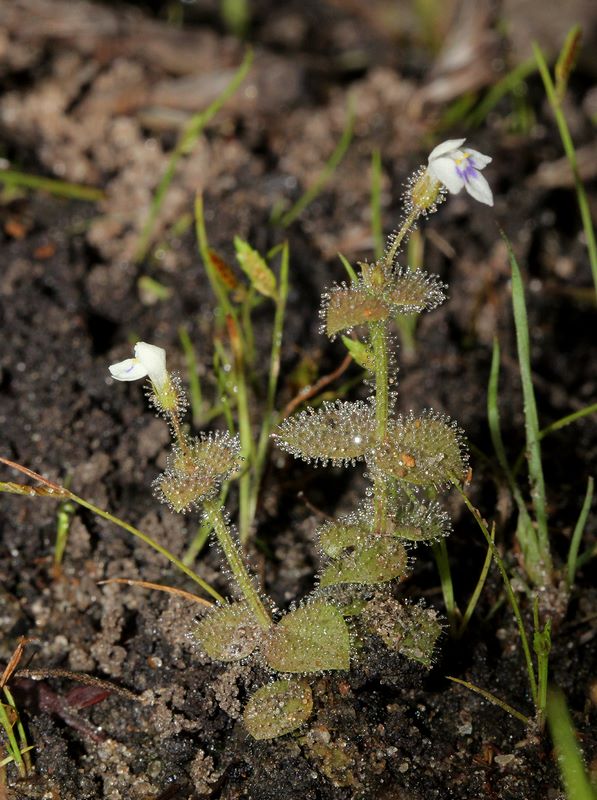
During a botanical exploration of Mozambique, botanist Bart Wursten encountered a mysterious plant covered in insect-trapping hairs. It looked just like a sundew (Drosera), a genus famous for its trapping and consumption of insect prey.
Yet, further examination alongside Kew’s Dr. Iain Darbyshire found the plant belongs to the genus Crepidorhopalon, a group of flowering plants in the order Lamiales—including mints and their relatives. In the family that Crepidorhopalon belongs to, no plant carnivory has ever been previously recorded.
Plenty of field and laboratory studies are still needed to confirm whether this new species is truly carnivorous. While we know it can attract and trap insects, whether it can digest and absorb them for nutrition is another question.
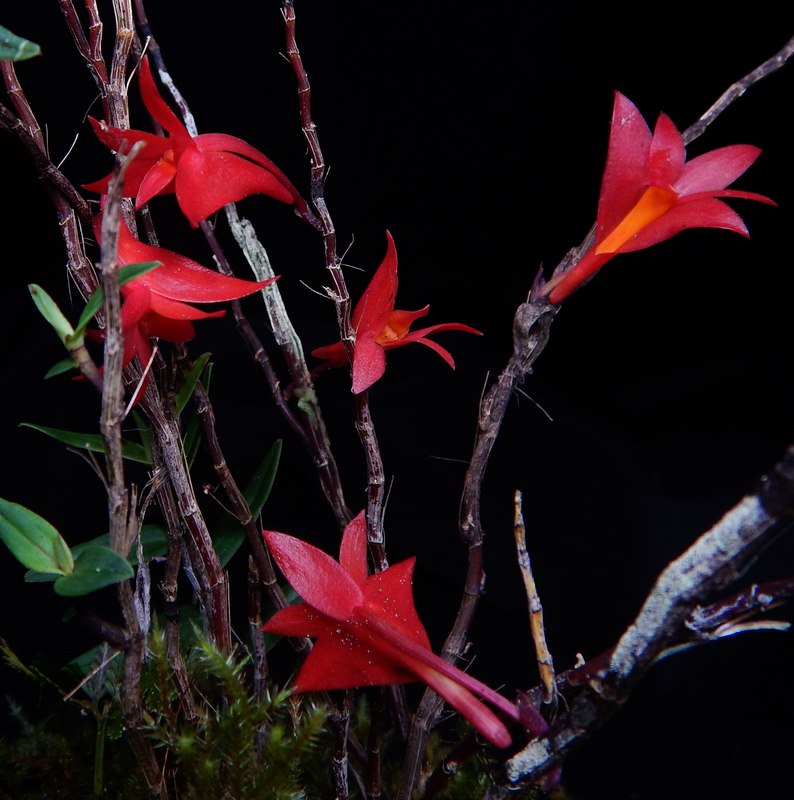
A scientific expedition to the volcanic Indonesian island of Waigeo hoped to rediscover a long-lost blue orchid (Dendrobium azureum) last seen more than 80 years ago.
This they did, on the very summit of Mount Nok. The team, including Kew’s Dr. André Schuiteman, also found multiple previously unknown orchid species as well.
One new find was Dondrobium lancilabium wuryae (a new subspecies of D. lancilabium), an orchid with spectacular red flowers named for Mrs. Wury, the wife Ma’ruf Amin, Indonesia’s vice-president. It is the ninth new orchid from Southeast Asia to be described in the last 12 months by Dr. Schuiteman and partners.
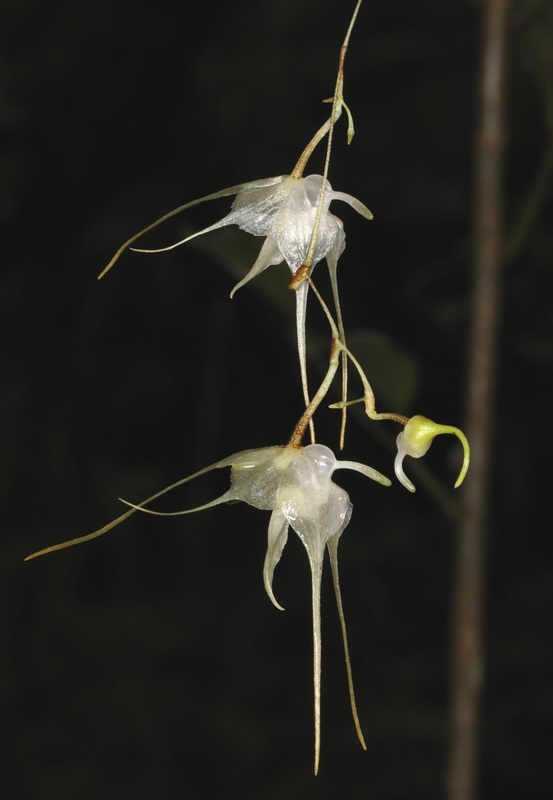
Speaking of orchids, check out this one—growing on top of another plant.
In a tiny forest reserve in Madagascar, a group of Malagasy villagers protect and manage the forest with the hope of protecting the Endangered helmet vanga (Euryceros prevostii), a stunning blue-beaked bird. Visitors flock to glimpse a sight of this rare animal bringing income to villagers and incentivizing the forest’s protection.
It’s in this tiny patch of forest that Kew’s Johan Hermans and his Malagasy botanist collaborators found A. bigibbum, an epiphyte orchid that spends its life growing atop other plants.
Were it not for the care and love for a unique bird, it’s likely this forest would’ve been gone long ago, taking its plant life with it. Care for one species can protect countless others that share its home.
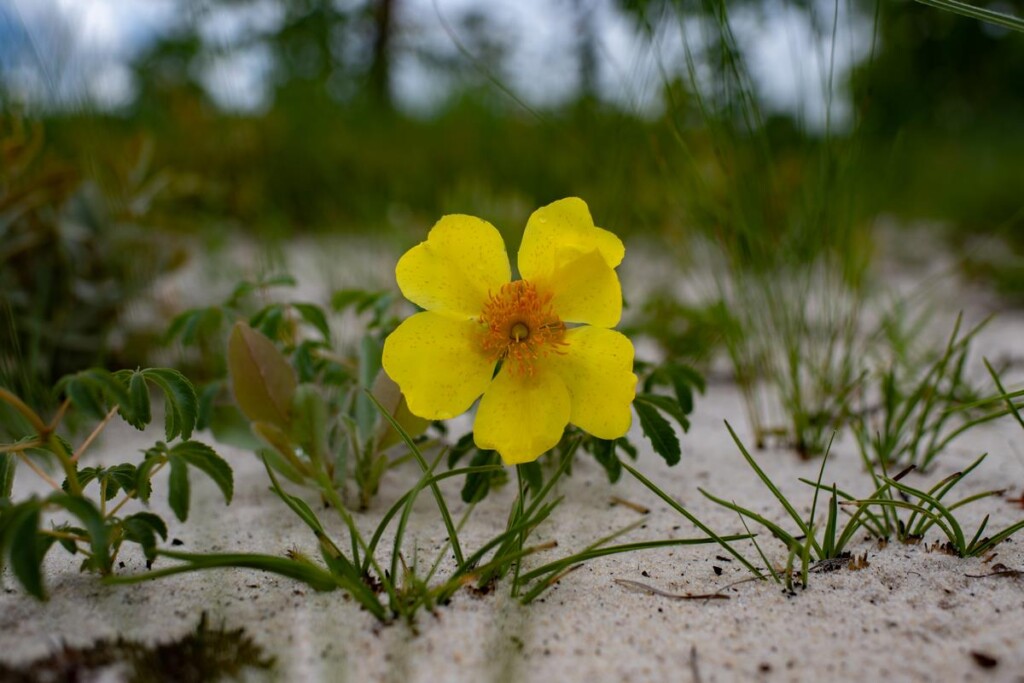
While this may look like a simple ground dwelling wildflower, the truth of its identity will surprise you. It’s a tree.
During a National Geographic Expeditions survey of remote Angola, Kew’s Dr. David Goyder found two new tree species buried in the Kalahari sands. Trees known to this region have as much as 90% of their body mass deep under the surface.
Cochlospermum adjanyae is named for Adjany Costa, an Angolan colleague recognized for her achievements with the 2019 UN Young Champions of the Earth Africa prize.
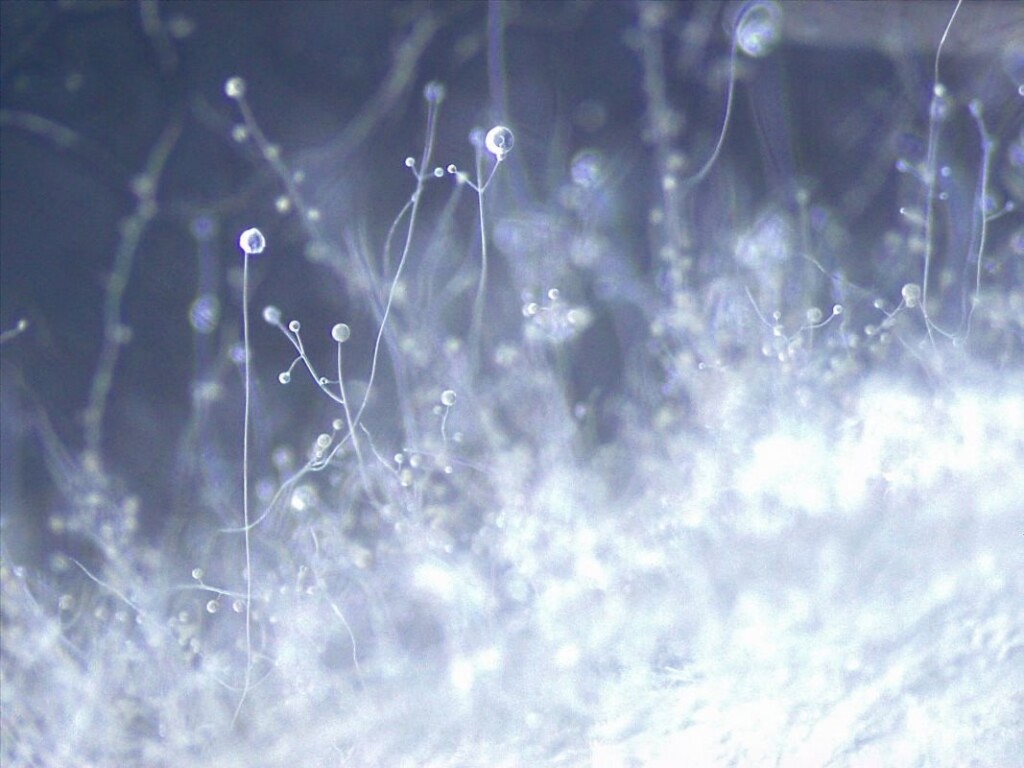
Of the six Lichtheimia species of fungi known to exist already, three can cause unpleasant human diseases from lung infections to serious skin lesions.
We’re thankful then the latest addition to this genus, found in soy waste across multiple South Korean provinces by Kew mycologist Dr. Paul Kirk, is not so related to its pathogenic cousins and poses minimal health concern.
L. koreana’s relatives have been found across the globe in soil, food products, and busy infecting invertebrates.
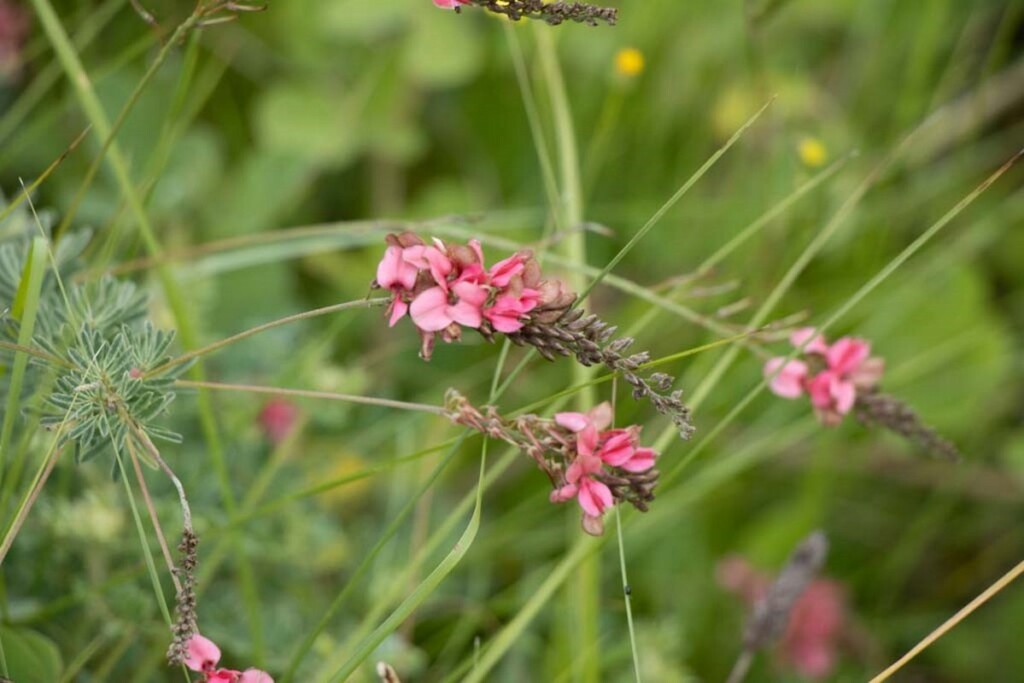
This nice flower has a nicer story.
Of the 750 species of Indigofera known to science, 80 of them owe their scientific naming to Dr. Brian Schrire, a Kew Honorary Research Associate. With his co-authoring colleagues, he has named 18 from South Africa in the last year, giving him the special title of Kew’s highest scoring taxonomist of 2023.
One of the new species, Indigofera abbottii is named for Anthony Thomas Dixon Abbott. Abbott’s work as a pioneering conservationist and amateur plant collector has made many new species finds possible. Pressure is on for this new indigo species, with clearance of habitat for agriculture and housing posing questions for the future.
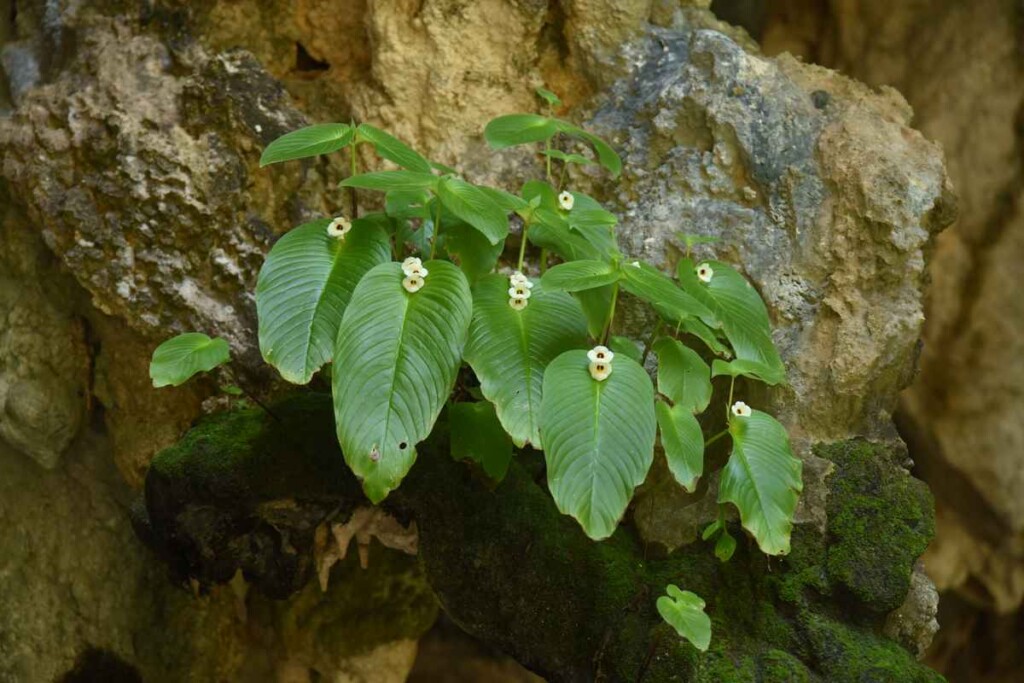
Microchirita fuscifaucia arrives on the new species list already threatened. It’s known to just two sites in Thailand, both of which are unprotected and at risk of clearance.
The 47 known Microchirita species live a life almost exclusively atop limestone rocks, with their striking flowers of many colors and patterns. This new species is named for its charismatic dark throat.
It joins seven other species described in 2023 by former Kew scientist Carmen Puglisi, and colleagues David John Middleton, Naiyana Tetsana, and Somran Suddee.
SHARE These Awesome, Intriguing Plants With Green Thumbs You Know…




















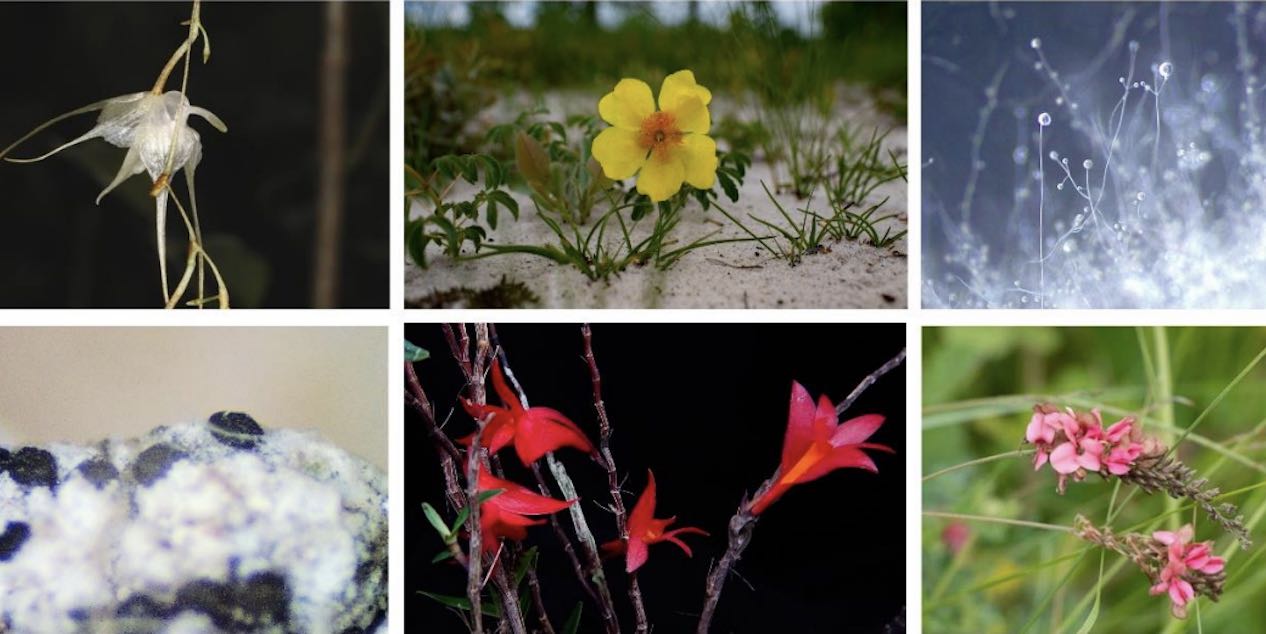
Thank you! I thoroughly enjoyed this article!